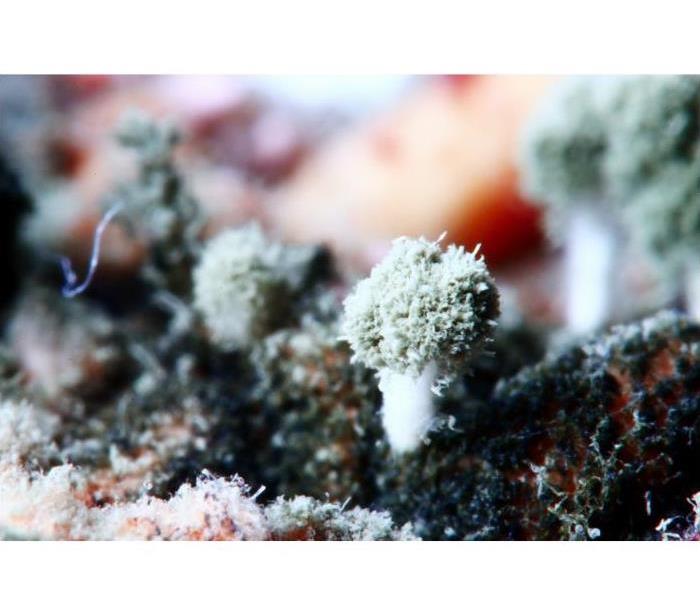6 Signs Your Commercial Building May Have Mold
6/2/2021 (Permalink)
Signs Of Potential Mold Growth
If you suspect a mold problem in your facility, then you may want to call an indoor environmental specialist in Rock Hill & York County, to perform a mold test of the building. However, if you are not sure of a problem, then consider the following six signs of potential mold growth.
1. Peeling or Bubbling Paint
Walk through your building, inspecting the walls and ceilings. You are looking for signs of peeling or bubbling paint. You may also want to examine the space for signs of sponginess in the drywall. These potential clues point to water damage and possible mold.
2. Plumbing Problems
Do you know of any existing plumbing issues in the facility? How long have these issues been going on? Mold needs water to thrive, which means plumbing leaks often lead to fungal problems.
3. Recent Flood
Any indoor environmental specialist will explain that mold can develop within the first 24 to 48 hours of water damage. Therefore, if you have experienced a recent flood in your facility, and the water either wasn’t removed quickly or the area was not dried thoroughly, then mold is a possibility.
4. Staining and Discoloration
Staining and discoloration of ceiling tiles, drywall, carpeting or grout can all mean water damage or mold growth. If you notice new or rapid discoloration of building materials, then have them tested for possible mold exposure.
5. Humidity
Is your facility temperature controlled? If not, do you have proper ventilation installed to avoid excessive humidity? The building should remain at or below 50% humidity levels to reduce the risk of mold development. If you have no measures protecting against excessive moisture levels, consider installing vents, fans and dehumidifiers.
6. Odor
When mold is not visible, you can often smell it, especially when it reaches the HVAC system. It is a musty and unpleasant smell.
If you have experienced any of the above issues, consider contacting an indoor environmental specialist. These professionals will test your facility for mold and assess the best way to remove the problem.





 24/7 Emergency Service
24/7 Emergency Service
